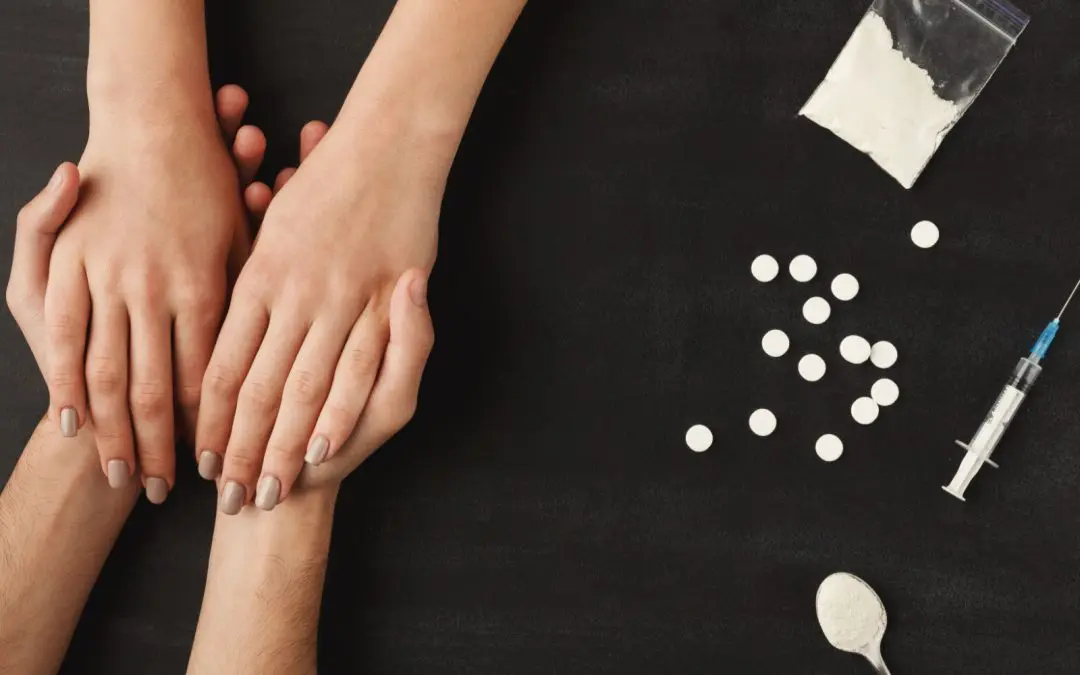24/7 Helpline:
(866) 899-111424/7 Helpline:
(866) 899-1114
Learn more about Stimulant Detox centers in Bloomer
Stimulant Detox in Other Cities

Other Insurance Options

UnitedHealth Group

GEHA

Optum

Self-pay options

EmblemHealth

Ceridian

BlueShield

BHS | Behavioral Health Systems

Health Net

Medical Mutual of Ohio

ComPsych

Cigna

Horizon Healthcare Service

Evernorth

WellCare Health Plans

PHCS Network

Meritain

Coventry Health Care

Choice Care Network

Health Choice


LE Phillips Libertas Treatment Center
Libertas Center is an accredited dual diagnosis drug rehab center dedicated to providing comprehensi...

LSS – Lutheran Social Services – Chippewa Area Recovery Resource
Lutheran Social Services (LSS) - CARR-CF is an addiction treatment program providing evidence-based ...



















Alano Club 76
Alano Club 76 is a non-profit rehab located in Chippewa Falls, Wisconsin. Alano Club 76 specializes ...

Serenity House – East Grand Avenue
Serenity House – East Grand Avenue is a private rehab located in Chippewa Falls, Wisconsin. Serenity...

Community Counseling Services
Community Counseling Services provides an Intoxicated Driver Intervention Program for Chippewa Count...

Council on Alcohol and Drug Abuse
Council on Alcohol and Drug Abuse is a private rehab located in Chippewa Falls, Wisconsin. Council o...

Serenity House
Serenity House is a private rehab located in Chippewa Falls, Wisconsin. Serenity House specializes i...






















